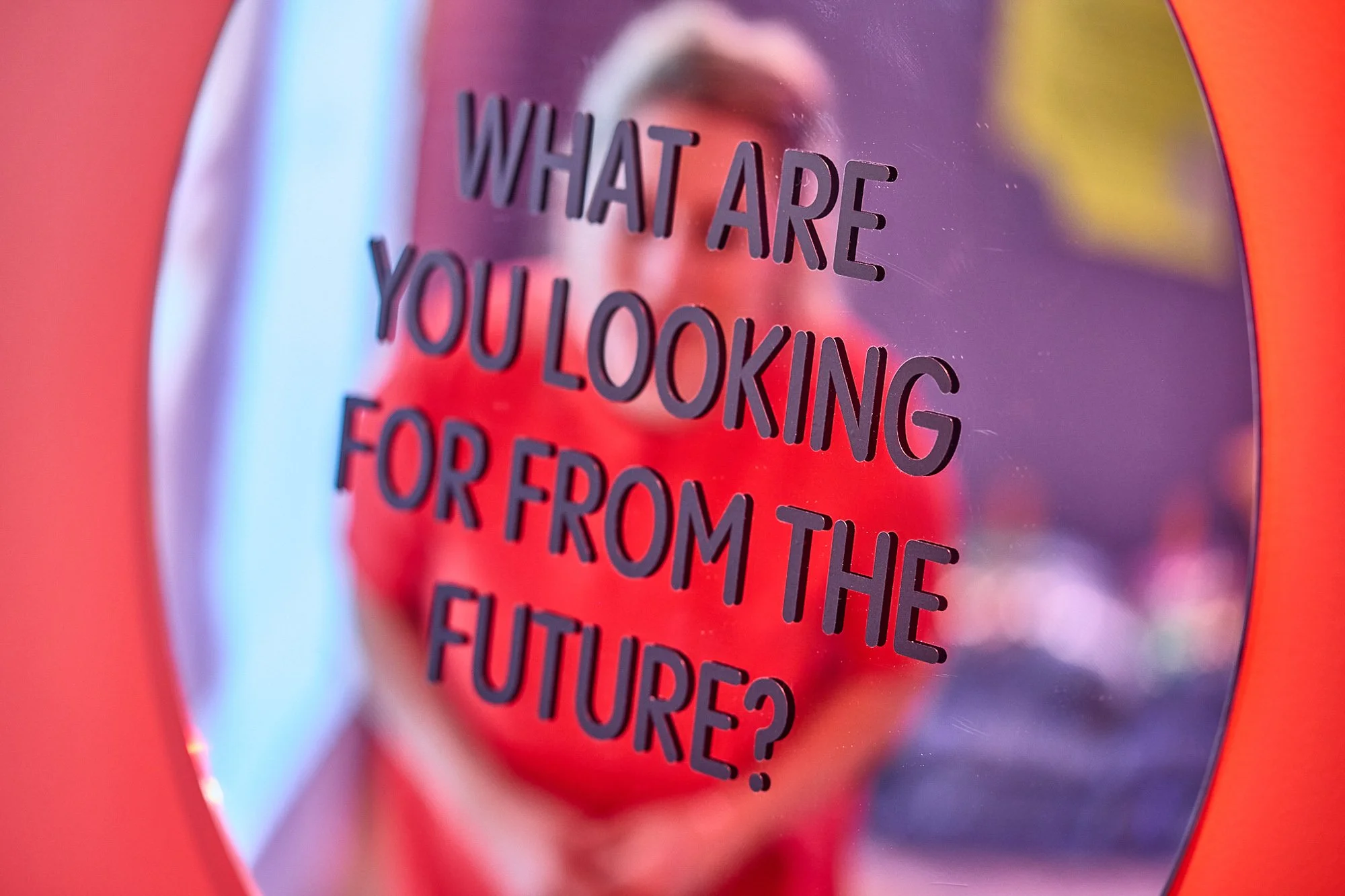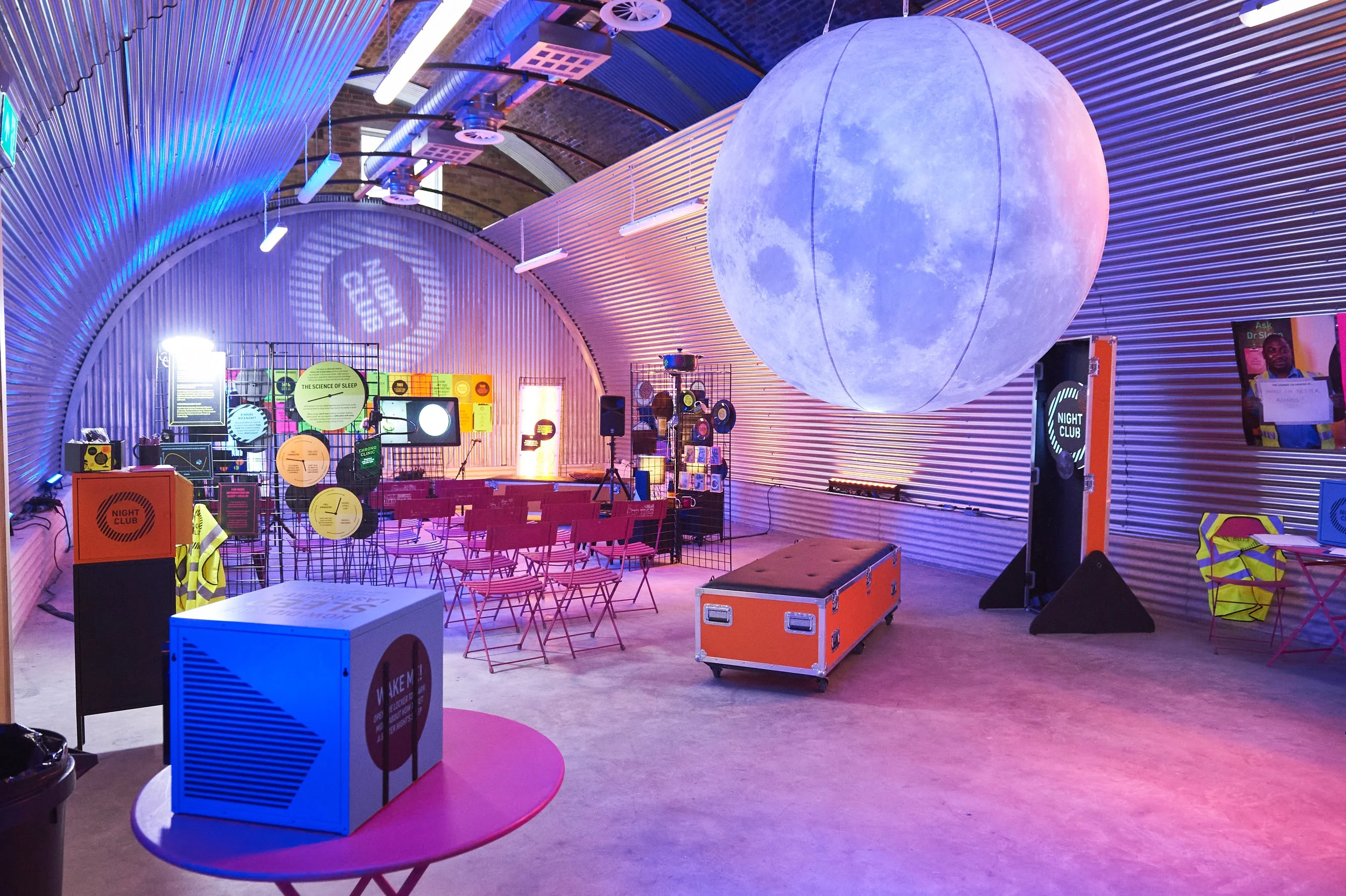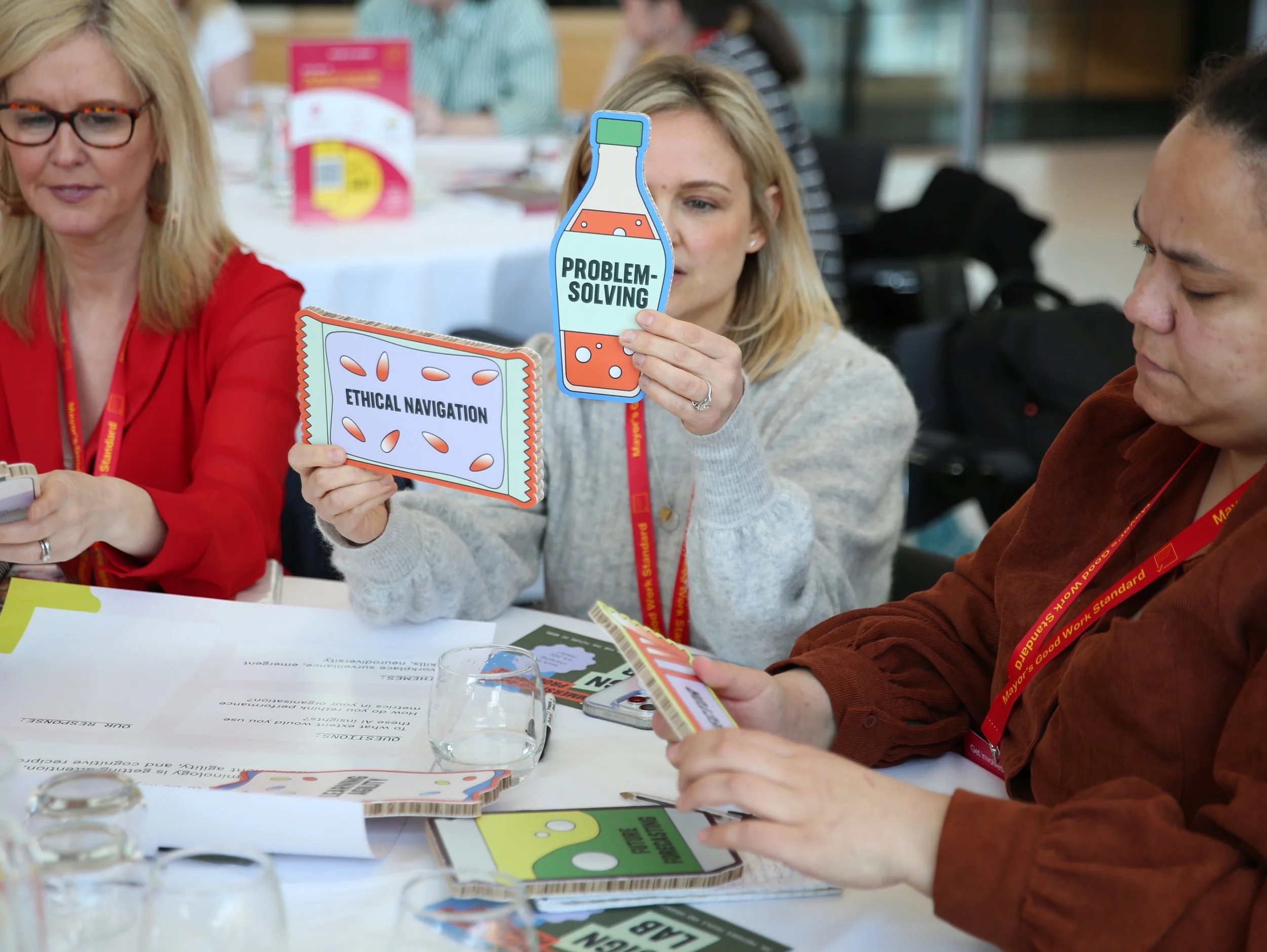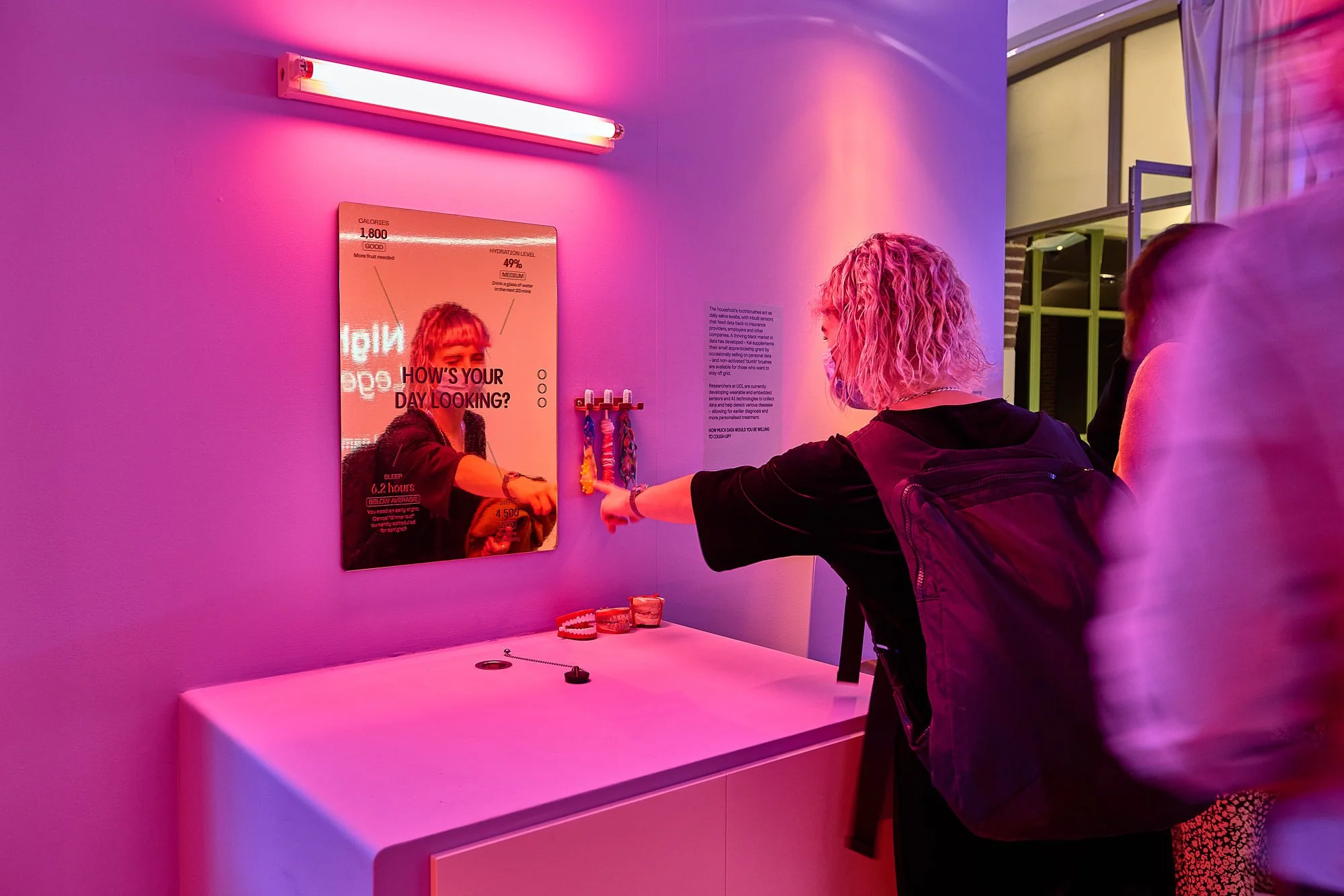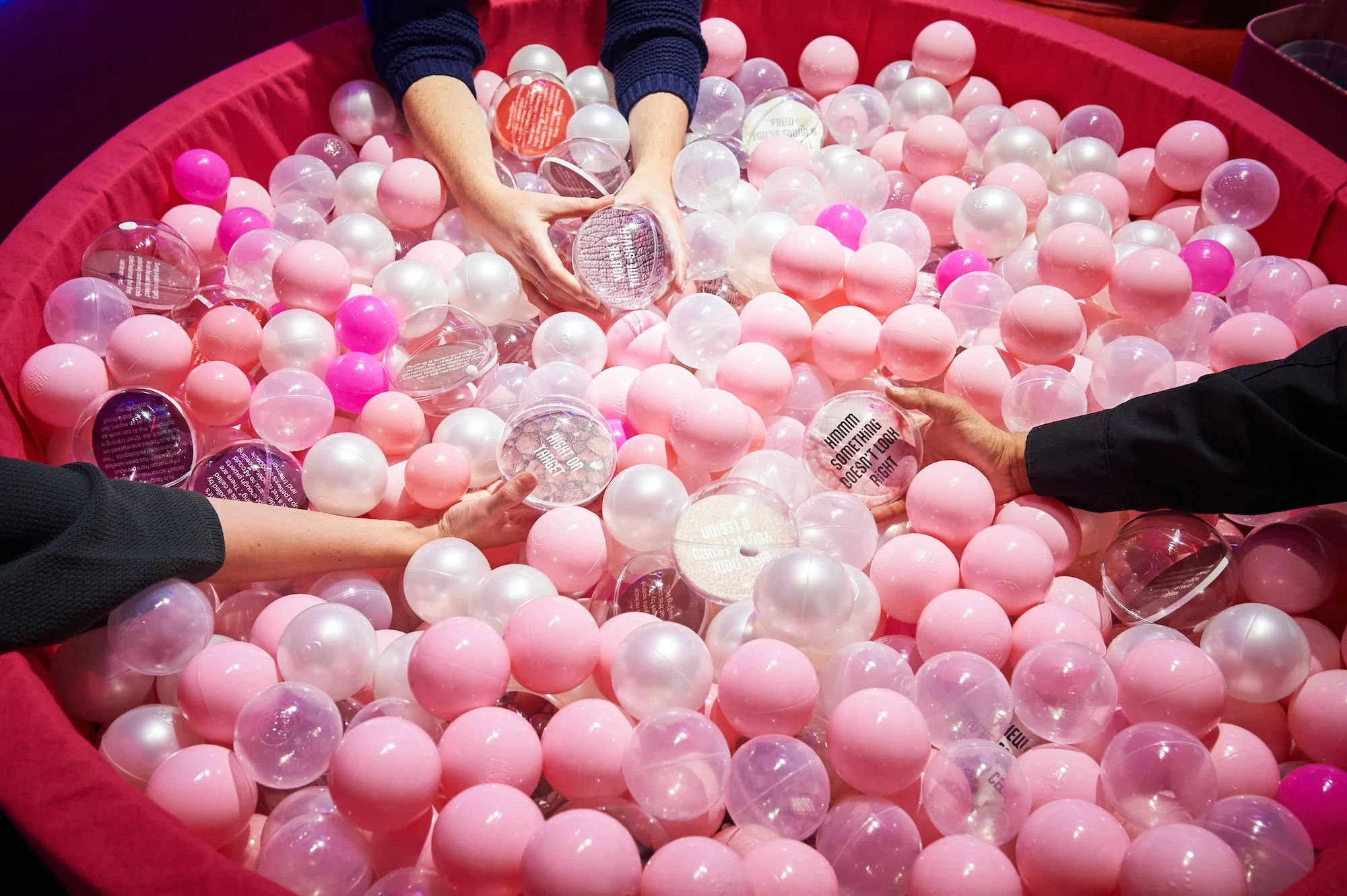Why participatory foresight is the missing link in strategic activation
When disruption is the norm, strategy must move beyond the boardroom. Participatory foresight ensures that visions of the future are not only set by leadership but owned across the entire organisation.
In a world defined by growing uncertainty, organisations face unprecedented pressure to make sense of long-term change.
To stay ahead and shape a vision for the future, business leaders in strategy, insight, risk and innovation functions are responding with scenario planning and long-term decision-making frameworks.
Something critical has been missing: the vision created at the top doesn’t always connect with the teams who need to make it real.
“Better futures only become possible when people can feel and shape them.”
Despite foresight investment, many struggle to engage their wider workforce and shape everyday behaviours with insights and vision generated at the top. This brings a strategic disconnect:
Gallup’s State of the Global Workplace report shows that only 21% of employees felt engaged at work in 2024;
This is costing businesses an estimated $438 billion in lost productivity.
This gap matters, because if teams cannot picture their role in the future world, they will struggle to prepare for it, let alone embrace the behaviour and mindset shifts needed to make it happen.
We’ve seen that better futures only become possible when people can feel and shape them. These results have driven our work for more than a decade, helping institutions, researchers and citizens step into imagined futures together to accelerate innovation.
Participatory approaches are already reshaping policymaking. Citizens’ Assemblies, where diverse groups learn, deliberate, and make informed recommendations, now inform major decisions, from the Assisted Dying Bill to the future of public institutions.
In our work:
We’ve increased productivity and employee engagement for major businesses including Co-op, Britvic, British Airways and the NHS through Night Club, our award-winning learning programme co-created with night shift workers.
We’ve accelerated innovation for the Government and the Greater London Authority by engaging thousands of people in Job Design Lab, where employees prototype the future of work.
Job Design Lab. Photo © Mike Massaro
We’ve transformed how the public connects with emerging futures. Cell Yourself was a speculative product experience where people could hold the future of biotechnology in their hands and explore its social implications. And Tomorrow’s Home invited them to step inside the home of the future to experience potential transformation ahead.
Being inside the home of the future, from Tomorrow’s Home . Photo © Mike Massaro
From the civic sphere to the private sector
Now, businesses can learn from these formats to introduce a new sense of momentum and legitimacy to decision-making.
We’re collaborating with strategic foresight specialists Next Up to bring these transformative methods to organisations. We’re combining our participatory experience design with their foresight frameworks which means:
AI-driven horizon scanning and expert analysis to map the drivers of change shaping your organisational future, to test, enhance or build your central strategic vision
Co-created scenarios that explore probable, possible and provocative futures and what these futures could mean for your stakeholder community
Experiential, energising team events that bring those futures to life, capturing employee ideas and motivating them to catalyse strategic planning.
Gamifying the future to bring emotional connection and mindset shifts, from In Theatre. Photo © Kate Moseley

